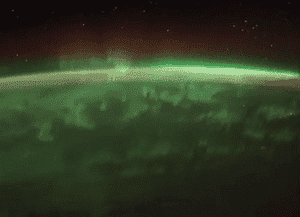
Taken between Jan. 29-Feb. 3, the images show a continent ablaze with light, from the electric glow of hundreds of cities to a spectacular aurora borealis flickering on the northern horizon. The videos released includes flights over Mexico towards the East Coast, or from Texas to the Great Lakes, and above the St. Lawrence Seaway. There’s also one that offers a view that begins from the West Coast and continues across the Great Plains.
The imagery was taken using a still camera aboard the station, orbiting 240 miles above Earth, most of them taken at one frame per second and then pieced together to better resemble the true speed of the station in orbit.
[source ]
Was this helpful?



